I would like to test the behavior of my application when the user is in a no-signal zone or when his phone is in flight mode.
-> How do I put an Android Virtual Device into offline mode (where no connection to the internet is possible) ?
I have tried the following:
Activating flight mode via the AVD settings: surprisingly, this does NOT work (browsing the internet is still possible in flight mode!)
Disabling the network connection on my PC: this obviously works, but is not satisfactory as I need Internet when I am testing my app

